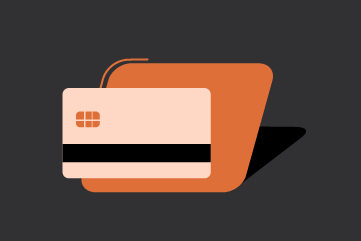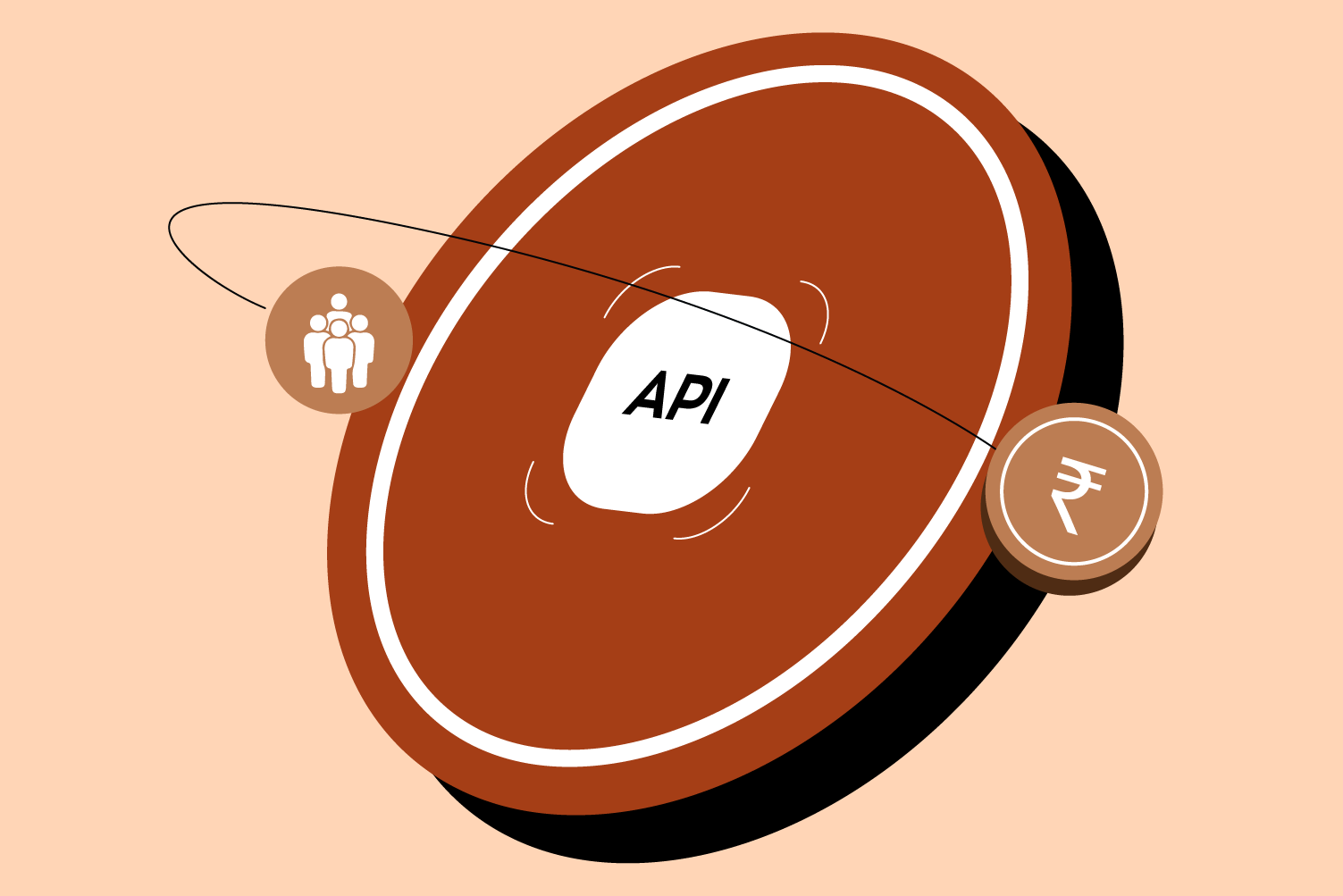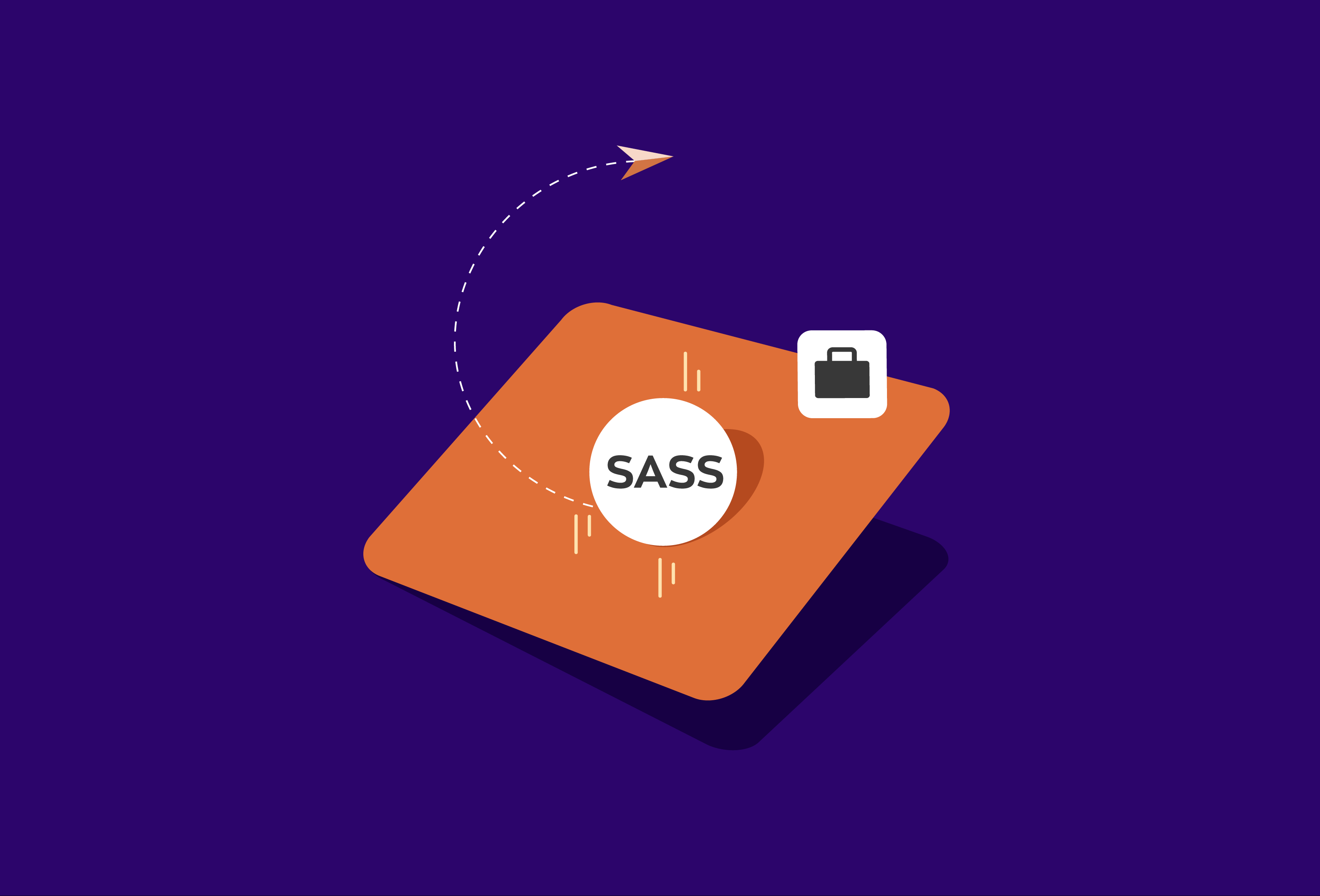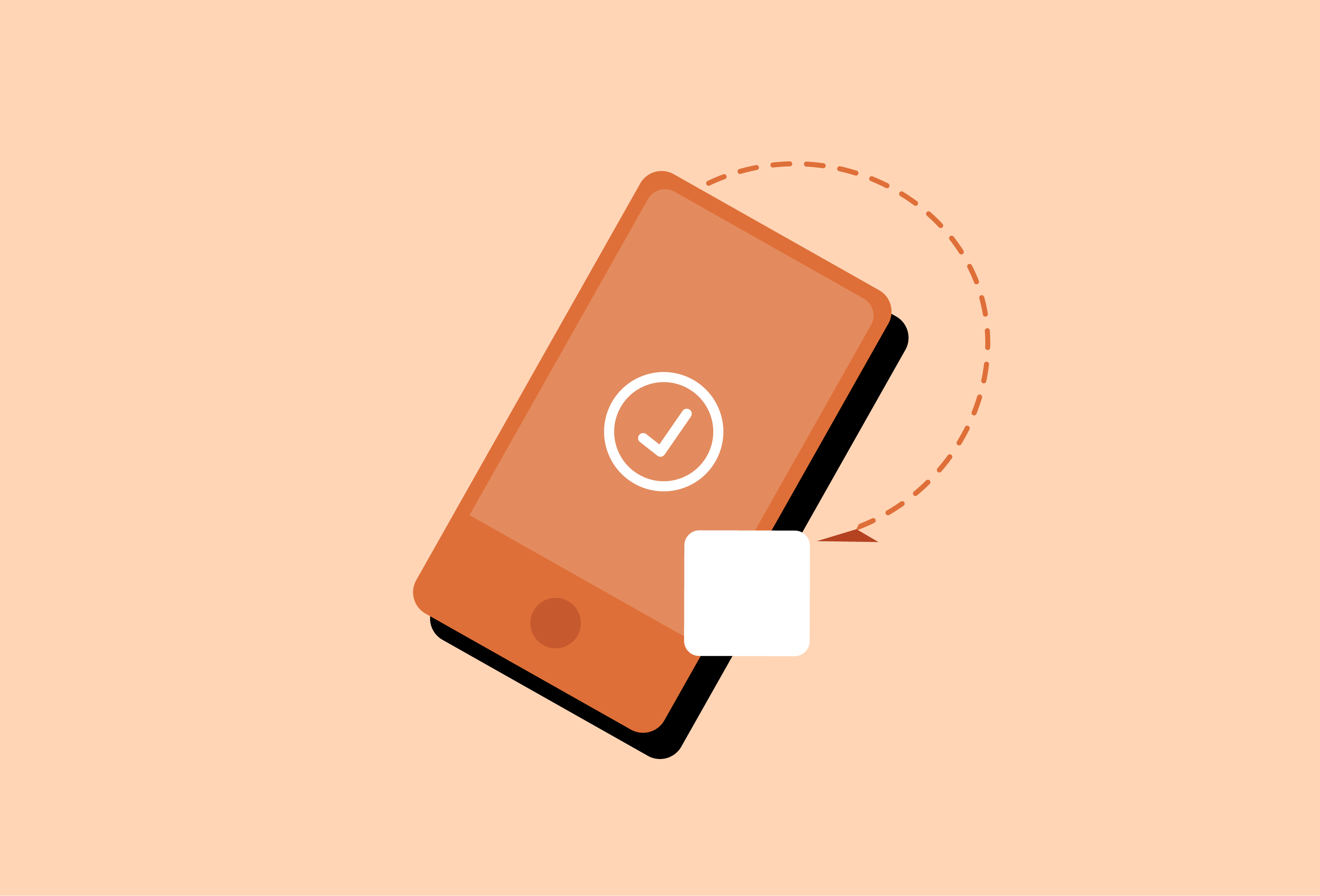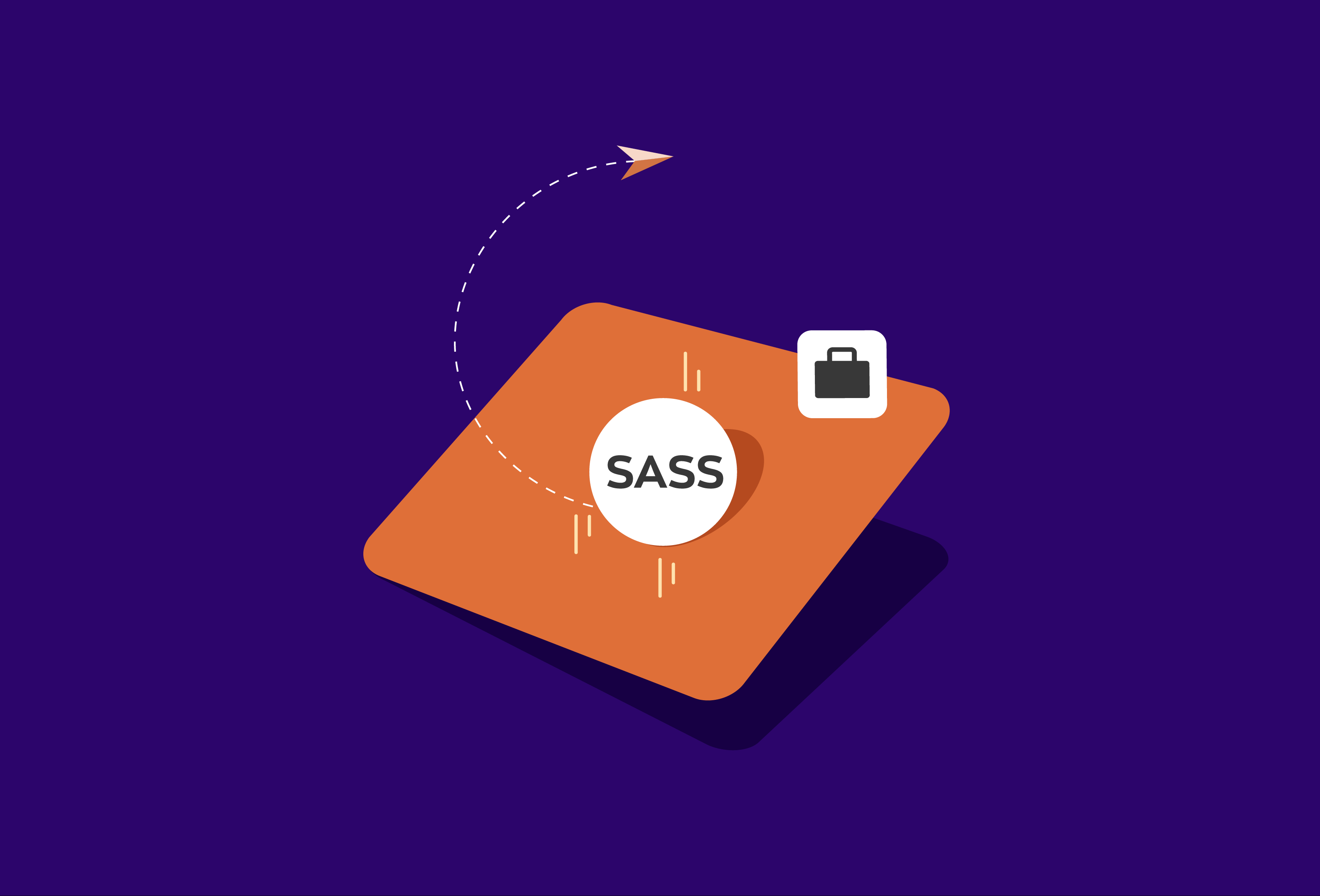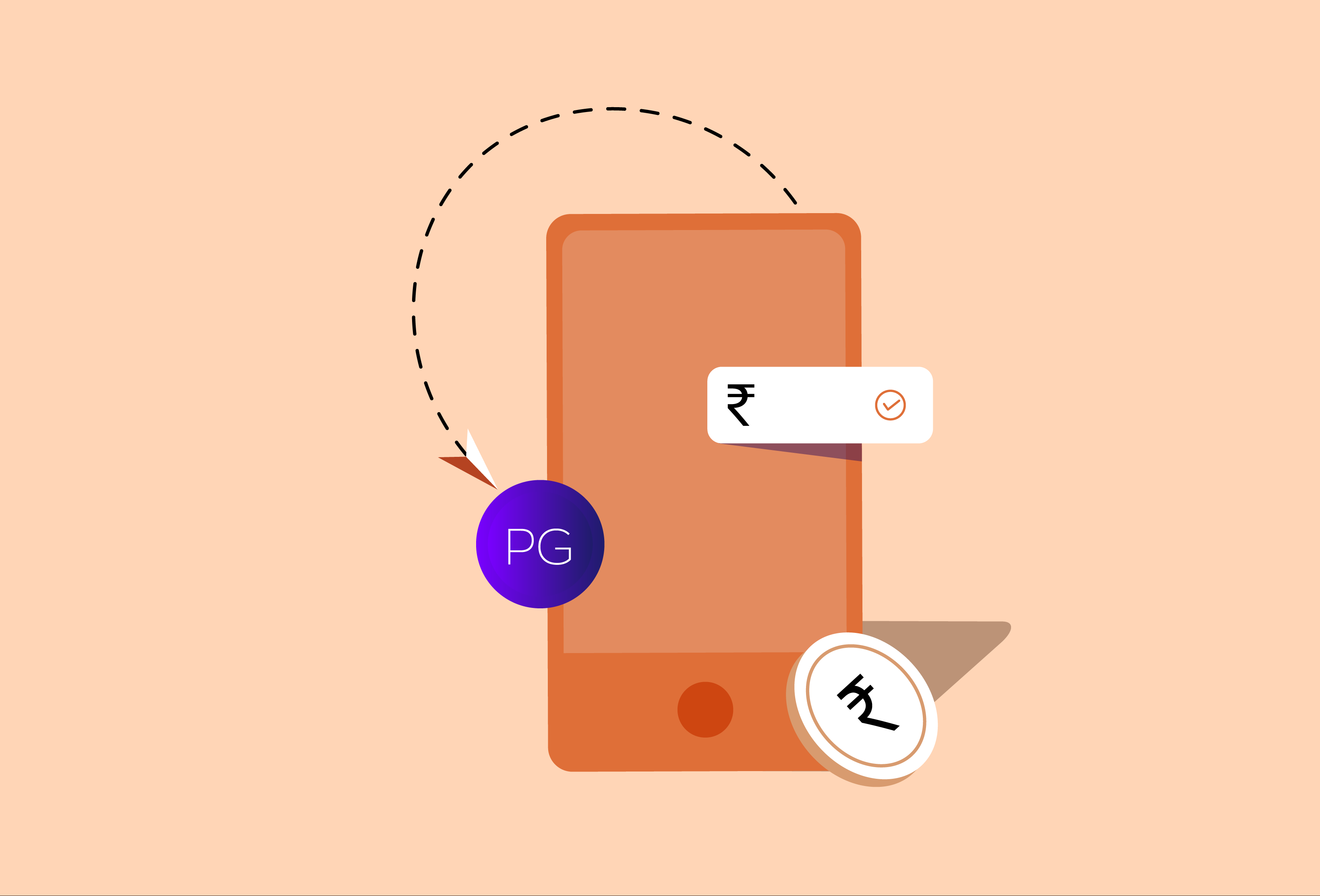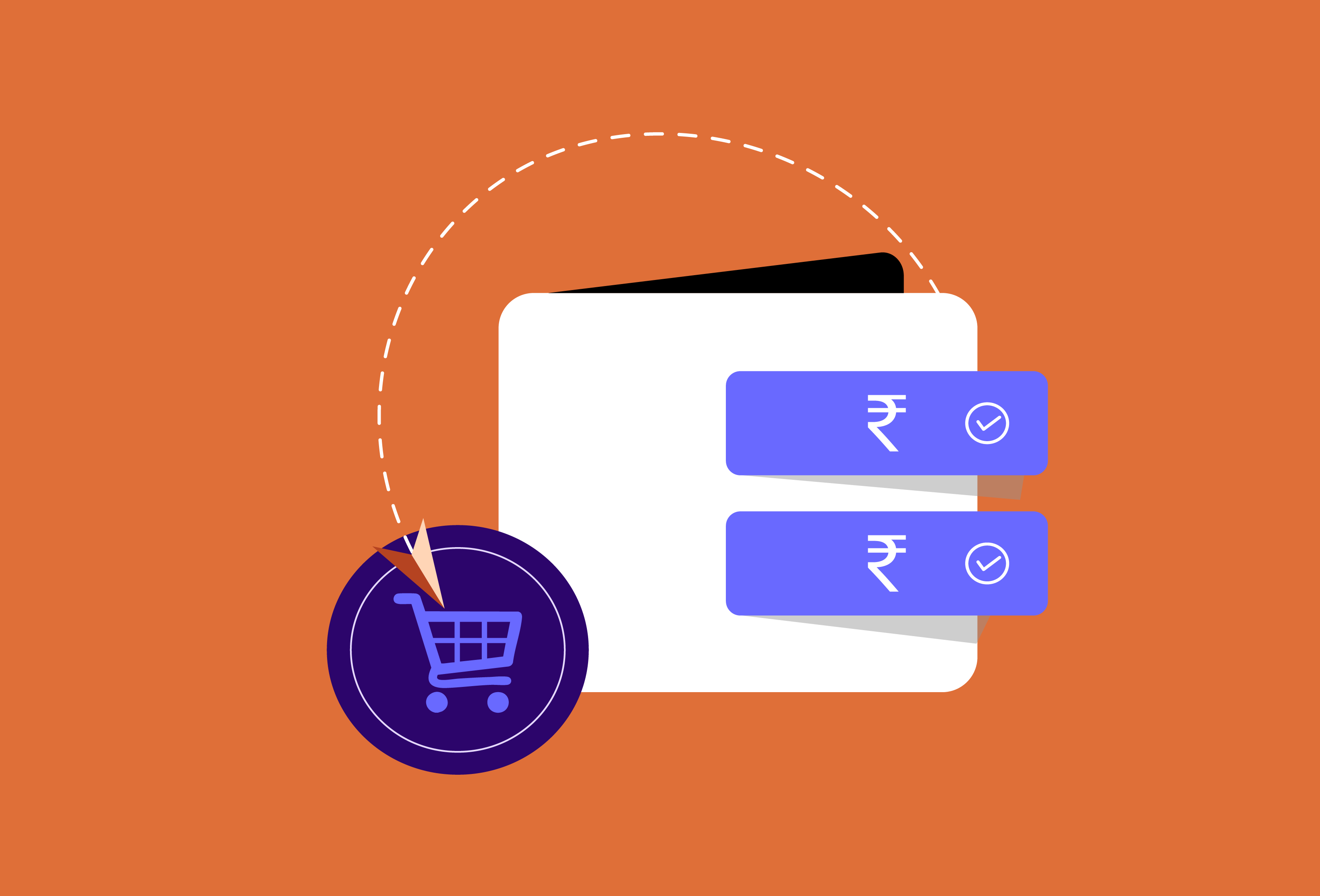Accepting card payments has become a basic expectation in today’s business environment. Customers prefer the convenience of digital transactions, and businesses that offer multiple payment options are often seen as more professional and trustworthy. To make this possible, choosing the right credit card reader for small business is essential.
But with so many models and features available, finding the right fit can feel overwhelming. This guide will help you understand what to look for in a small business card reader, so you can make a confident, well-informed choice.
1. Start with Your Business Needs
Every business is different, and so are its payment requirements.
- Do you operate from a fixed location? A traditional countertop reader could be ideal.
- Are you always on the move? A portable or mobile card reader makes more sense.
- Do you serve many customers daily? Then speed and reliability should be top priorities.
Think about how your business runs and what kind of setup will be the most efficient for you.
2. Know the Types of Card Readers
Before choosing a device, it helps to understand what’s available:
● Mobile Card Readers
These connect to your smartphone via Bluetooth or a charging port. They’re great for small setups like pop-up stalls or home services.
● Countertop Terminals
Usually connected via cable or Wi-Fi, these sit at your billing counter. They suit busy stores where quick, stable transactions are key.
● Smart Readers
These are touch screen devices that often double up as POS systems. They work well for stores that want to manage sales, stock, and payments from a single device.
Each of these card readers for business has its use case. Pick one that suits your workflow and customer volume.
3. Check Compatibility with Your Payment System
Your card reader should fit into your existing setup, not complicate it.
- Does it work with your billing or POS software?
- Can it sync with your accounting tools?
- Is it supported by your bank or preferred payment gateway?
If you’re already using software to manage your sales or inventory, make sure the card reader can integrate with it. This saves time and reduces errors.
4. Look at the Payment Methods It Supports
Today’s customers use a mix of payment options. Your reader should handle them all smoothly:
- Chip (EMV) cards.
- Tap-to-pay (NFC) for wallets like Google Pay.
- Swipe cards (though these are becoming less common).
- Some terminals also support QR code payments, a useful add-on in many local setups.
Choosing a small business card reader that accepts multiple modes ensures you never have to turn a customer away.
5. Prioritise Security
Card payments involve sensitive data, so your reader must be secure.
Look for features like:
- End-to-end encryption – protects customer data during the transaction.
- PCI DSS compliance – a standard for secure handling of card information.
- Tokenisation – masks the actual card number with a secure code.
Even if your business is small, don’t compromise on security. It protects both you and your customers from fraud.
6. Understand the Costs Involved
Price is often the deciding factor, but it’s not just about the device cost.
Here’s what to watch out for:
- One-time purchase vs. rental or subscription models
- Transaction fees – a small percentage of each sale.
- Hidden charges – maintenance fees, settlement delays, or refund penalties.
Always ask for a full cost breakdown. A cheaper device might end up costing more in the long run if the fees are high.
7. Consider Customer Support and Reliability
Technology can act up, and when it does, you need quick help.
- Is customer support available in your local language?
- Can you reach them easily—phone, email, or app?
- Do they offer fast replacements or repairs?
A reliable support team makes all the difference, especially during peak hours or festival sales.
8. Final Checklist: What to Ask Before You Buy
Here’s a quick list to keep in mind before you decide on a credit card reader for small business:
- Is it portable or fixed?
- Does it support chip, tap, and QR payments?
- Will it work with my current software or POS?
- What’s the total cost (device + transaction fees)?
- Is the provider trusted and compliant with payment regulations?
- Is there good customer support if something goes wrong?
Conclusion
Choosing the right card reader isn’t just about buying a machine—it’s about finding a payment partner that fits your business. A reliable card reader for business can speed up your checkout process, make your customers happy, and help you grow faster.
Take time to compare a few options, ask questions, and test the setup if possible. With the right small business card reader, you’ll be ready to accept payments smoothly, no matter where or how you sell.


